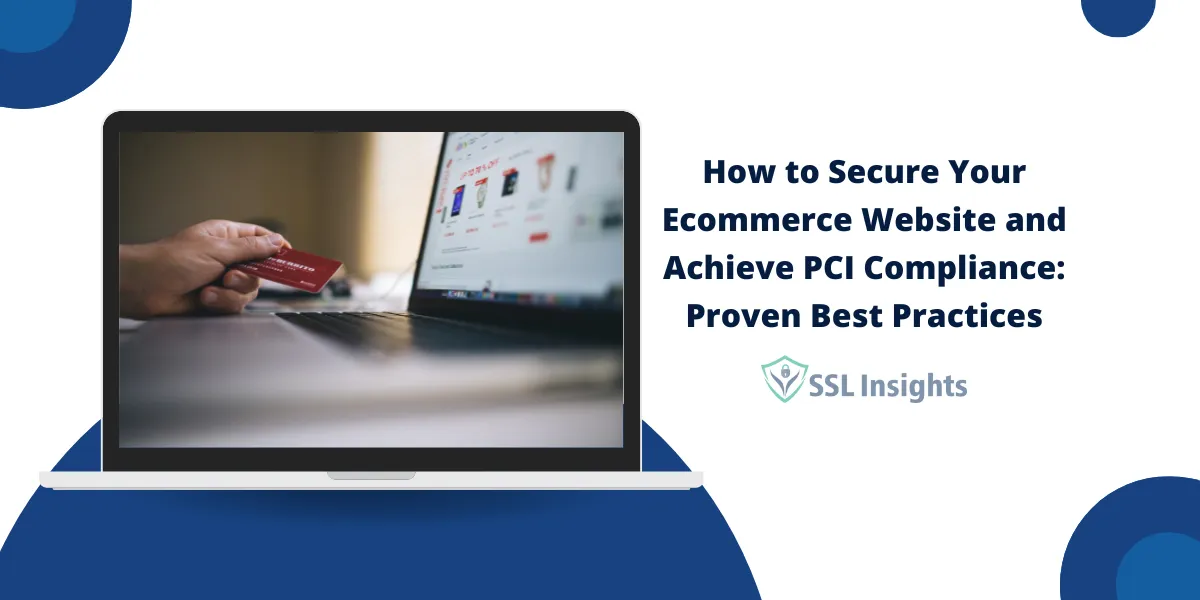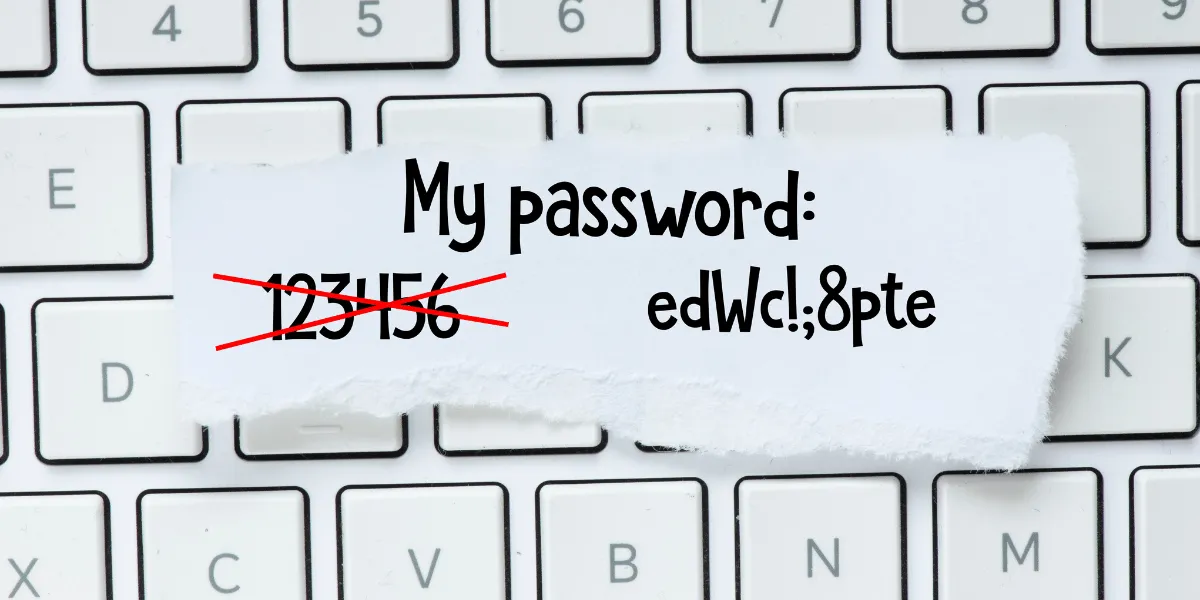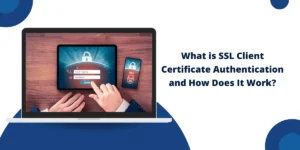Ecommerce website security demands particular procedures to safeguard customer information while fulfilling PCI compliance requirements. Website owners need to establish SSL certificates and select secure payment systems and perform continuous security updates.
The PCI compliance framework demands businesses to follow detailed security protocols which include transaction encryption and protected data handling and scheduled system vulnerability assessments.
The fundamental security practices for protection include implementing robust password systems and two-factor authentication and firewall protection. Security audits performed at scheduled intervals enable organizations to detect system weaknesses.
The protection of customer information throughout all business operations depends on employee training which teaches security protocols.
PCI Compliance Requirements for Ecommerce Businesses
The Payment Card Industry Data Security Standard (PCI DSS) sets security guidelines for merchants who want to process credit card transactions correctly. Ecommerce businesses that do not comply with PCI DSS standards will receive major penalties and increased transaction costs and permanent harm to their brand reputation.
Your business needs to establish security controls which defend customer information throughout all stages of data storage and transmission and processing operations on your website and through payment gateways and third-party vendors.
Ecommerce Website Security Risks You Must Address
Ecommerce platforms experience specific security threats that other websites do not encounter:
- The use of outdated plugins or software creates security vulnerabilities because of their exposed weaknesses.
- The checkout pages of websites become targets for malicious injection attacks.
- The security of access controls remains weak because of insufficient protection for staff members and third-party vendors.
- The security of payment gateways through third parties remains at risk because of weak protection measures and unsecured APIs.
The failure to fix these security weaknesses creates conditions for data breaches which result in customer departure and non-compliance issues. Websites that receive proper protection create an environment of customer trust while maintaining uninterrupted payment processing.
What are the Best Practices for Securing Your Ecommerce Site and Achieving PCI Compliance
1. Enforce HTTPS with an Extended Validation SSL Certificate
Encryption is crucial. Your website should use HTTPS with EV SSL certificates to protect all customer data that enters your site through checkout and all other pages.
2. Deploy a Web Application Firewall (WAF)
A WAF functions as an obstacle which blocks harmful traffic from entering your ecommerce system. The system defends against SQL injection and cross-site scripting attacks because of its blocking functionality.
3. Keep Your Platform and Plugins Up-to-Date
The system acquires security updates which fix all recognized system vulnerabilities. Your ecommerce platform needs to be Shopify, WooCommerce, Magento or any other platform you are using. and all plugins are current and sourced from trusted providers.
4. Limit Access with Role-Based Controls
Restrict administrative and payment-related access. The principle of least privilege requires organizations to give team members access to only the permissions which directly support their assigned duties.
5. Conduct Regular Vulnerability Scans and Penetration Tests
Regular scans and tests need to be scheduled to identify security vulnerabilities which hackers can use to create major problems.
6. Secure Payment Gateway Integration
Your business needs to use PCI-compliant payment processors while keeping payment data off your server storage. Tokenization operates as a data protection technique that substitutes personal information with non-sensitive tokens which function as protective elements.
Protect Customer Data and Monitor Transactions
1. Data Encryption and Tokenization
The storage of card information needs to be encrypted and tokenization methods should be used to protect against potential breaches.
2. Continuous Monitoring and Log Management
The system needs to perform real-time transaction monitoring and logging functions to detect suspicious activities during their occurrence. The system will send security team alerts whenever it detects any abnormal system activities.
Responsive Incident Management in Ecommerce
1. Develop a Breach Response Plan
Your organization needs to establish detailed procedures which include breach detection methods and containment protocols and communication plans for affected customers and reporting requirements for authorities.
2. PCI Audits require proper documentation
Your organization needs to document all security measures and scan results and incident reports to simplify compliance audit processes.
Maintain Ongoing PCI Compliance
1. Scheduled Scans and Regular Assessments
The organization needs to perform vulnerability scans at least four times annually and annual compliance assessments to stay current with new security threats.
2. Team Training and Automation Tools
The organization needs to train its staff about security best practices yet automated tools must perform SSL certificate management and compliance monitoring to decrease workloads.
Expert Tips and Recommended Tools
- SSL Certificates: The organization needs to select between DigiCert and Let’s Encrypt for SSL Certificate management because they offer automated renewal and strong security features.
- Vulnerability Scanners: The organization should use Nessus and Qualys as vulnerability scanners to perform detailed security assessments.
- Consultation: Your organization needs to hire PCI compliance experts or MSSPs for security leadership duties because excessive workloads would otherwise burden your team.
Turning PCI Compliance into a Growth Opportunity
PCI Compliance represents an opportunity for business expansion through proper implementation.
The implementation of these security standards protects your business from breaches while building customer trust and loyalty and establishing your company as a secure retail leader in the competitive market.
Begin your security assessment of your website immediately to establish protection as your competitive business advantage.
FAQs About Ecommerce Website for PCI Compliance
What is PCI compliance for ecommerce websites?
Ecommerce websites need PCI compliance to follow security standards which defend customer payment information. The Payment Card Industry Data Security Standard requires businesses to establish protected networks and encrypt data while implementing robust access control systems. All organizations handling credit card transactions must follow these security standards.
How much does PCI compliance cost for a small business?
Small businesses need to spend between $300 and $2000 each year for PCI compliance. The expenses for PCI compliance include security scanning and SSL certificates and firewall upkeep. The cost of security training and vulnerability assessments adds to the total expenses.
What happens if my ecommerce site is not PCI compliant?
Businesses that do not follow PCI standards will receive payment card company penalties which range from $5,000 to $100,000 per month. Banks have the right to end their merchant agreements with businesses. The combination of data breaches with legal consequences and negative impact on business reputation will occur when a company fails to meet PCI standards.
What are the basic requirements for PCI compliance?
PCI compliance demands businesses to establish protected networks with firewalls and encryption for data protection. The protection of data requires businesses to keep their antivirus software up to date while implementing access restrictions for sensitive information. The mandatory security requirements include scheduled network resource monitoring and regular security testing.
How often should PCI compliance be checked?
Businesses need to perform PCI compliance assessments through approved scanning vendors at least four times per year. The company needs to run internal security assessments once per month. The annual validation process requires businesses to use self-assessment questionnaires or third-party audits.
Can WordPress sites be PCI compliant?
A WordPress site can become PCI compliant through the implementation of suitable security protocols. The site requires SSL certificates and secure hosting services and must stay updated at all times. The combination of PCI-compliant payment gateways with security plugins enables businesses to stay within compliance standards.
What is the first step to becoming PCI compliant?
The first requirement for merchants involves determining their transaction volume level to establish their merchant level. The next step requires businesses to finish their self-assessment questionnaire. Security software installation and data protection implementation occur after completing these fundamental procedures.

Priya Mervana
 Verified Web Security Experts
Verified Web Security Experts
Priya Mervana is working at SSLInsights.com as a web security expert with over 10 years of experience writing about encryption, SSL certificates, and online privacy. She aims to make complex security topics easily understandable for everyday internet users.



